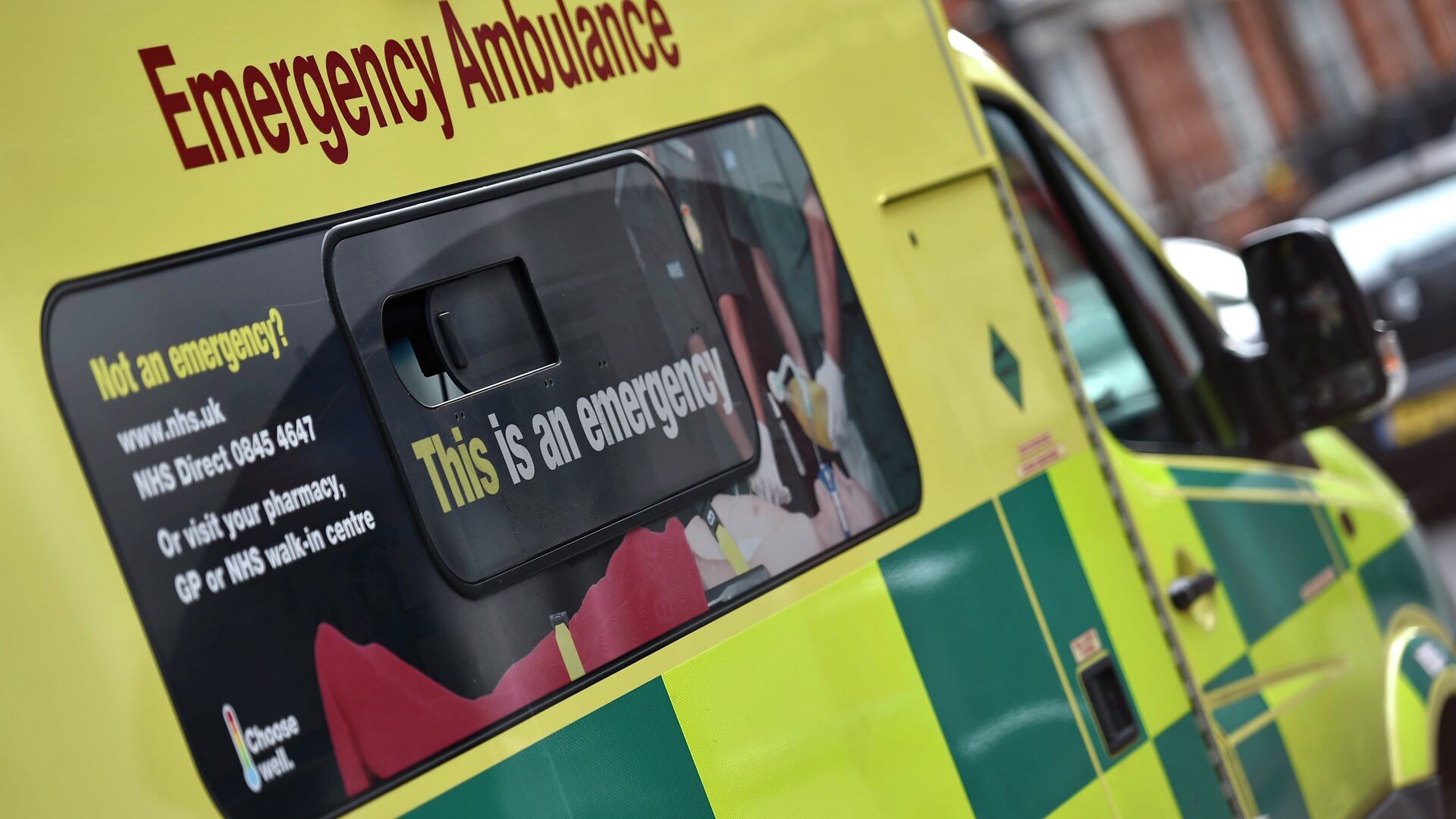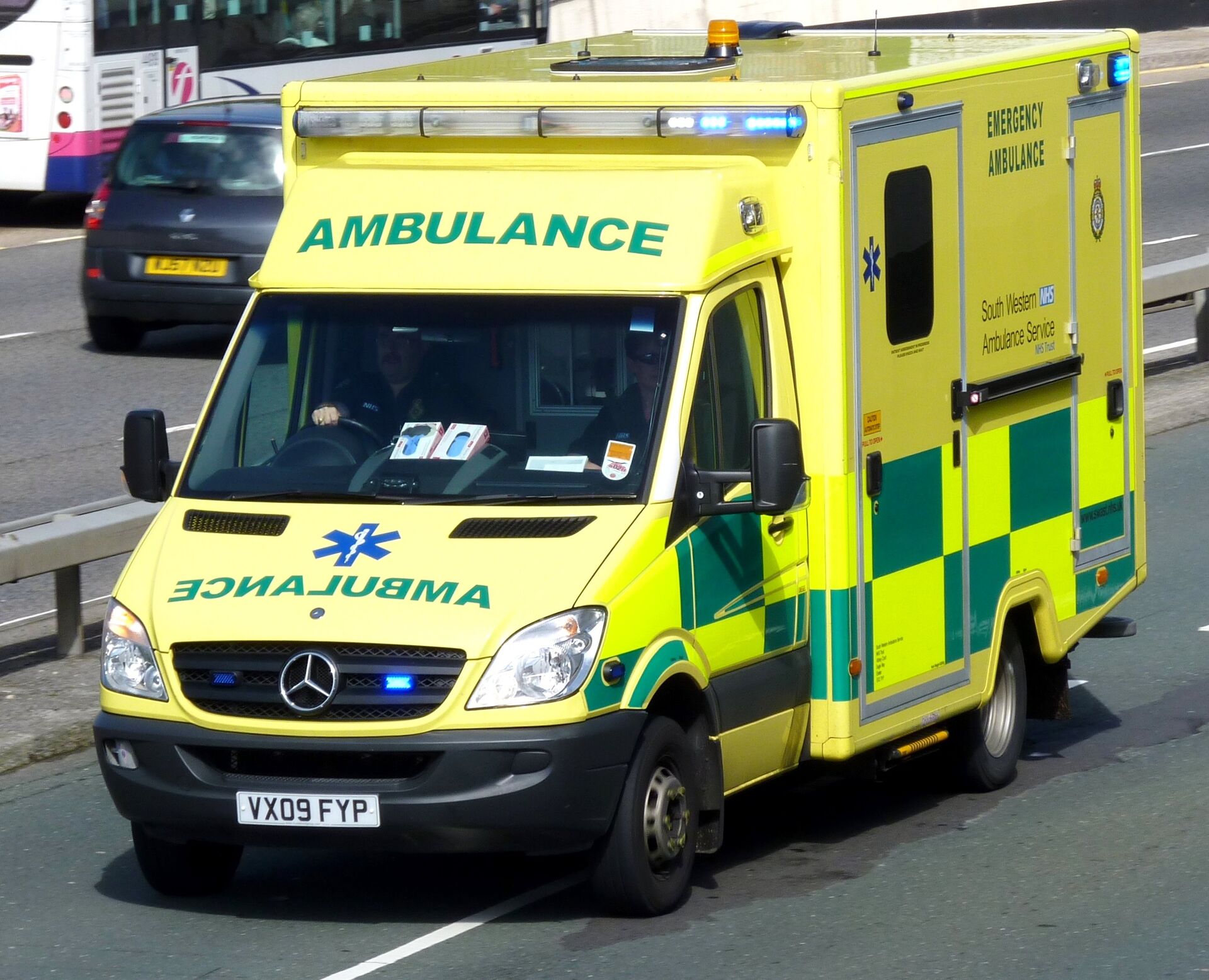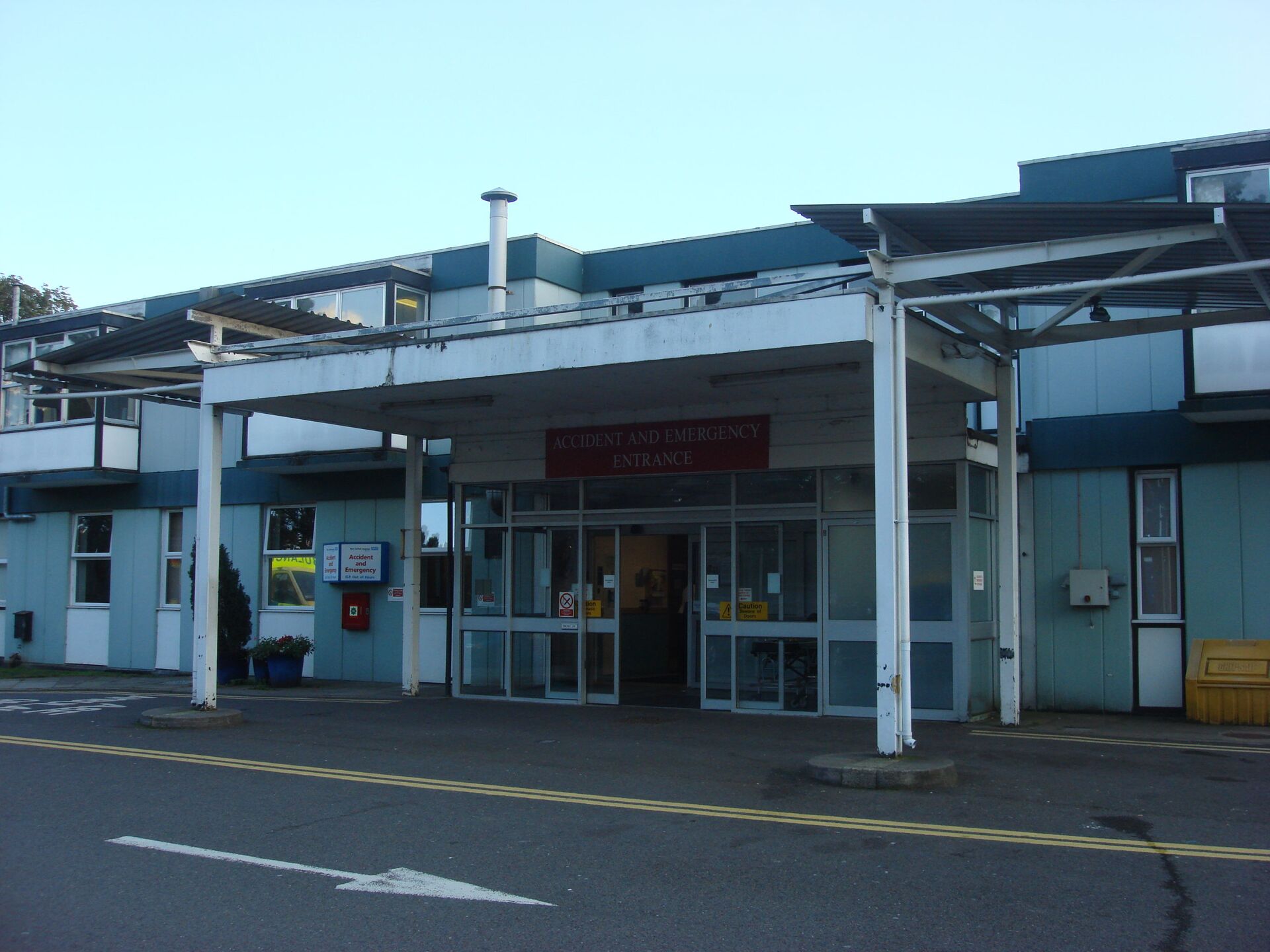Ambulance Logjams Leave Patients Dying With 12,000 Annually Suffering 'Severe Harm', Says NHS Report
14:01 GMT 15.11.2021 (Updated: 15:16 GMT 28.05.2023)

© REUTERS / Toby Melville
Subscribe
Although the UK’s National Health Service (NHS) is known to have struggled for a long time to meet recommended ambulance response times for patients who have suffered a stroke or severe burns – classified as Category 2 – in recent months some patients have been forced to wait for nearly an hour after calling 999.
Increasingly long times to hand patients arriving in ambulances over to the Accident & Emergency department (A&E) are resulting in more people either dying or suffering a permanent setback to their health, according to a damning report by the UK NHS ambulance service.
Long periods of waiting before patients can be admitted to hospitals because of bed shortages caused by COVID-19, delays in discharging patients and record demand for care could be affecting up to 160,000 patients annually, said the report, cited by daily newspaper, the Guardian.
Clarifying that a typical handover takes much longer than the projected 15 minutes, an estimated 12,000 of the aforementioned patients suffer “severe harm”, said the document, drawn up by the Association of Ambulance Chief Executives (AACE) and based on official NHS figures. The conclusions were drawn after all handover delays of more than an hour, spanning 10 ambulance trusts on 4 January - and the ensuing harm – had been analysed.

NHS ambulance car
© Flickr / Graham Richardson
The data was used to estimate how many patients annually suffer a deterioration in their health, or a condition necessitating more invasive treatment such as surgery, as a direct result of waiting times.
“When very sick patients arrive at hospital and then have to wait an excessive time for handover to emergency department clinicians to receive assessment and definitive care, it is entirely predictable and almost inevitable that some level of harm will arise. This may take the form of a deteriorating medical or physical condition, or distress and anxiety, potentially affecting the outcome for patients and definitely creating a poor patient experience,” states the document.
Those patients who finally get admitted to hospital after languishing in the back of an ambulance or waiting in their home after dialing 999 are increasingly not saved because paramedics are overwhelmed at A&E departments.
A&E waiting times at Gloucestershire Royal Hospital topped eight hours this morning (November 15)https://t.co/AG8MLpi6VD
— Gloucestershire Live (@GlosLiveOnline) November 15, 2021
Although stopping short of saying how many patients die annually because of ambulance logjams, the report is cited as adding:
“We know that some patients have sadly died while waiting outside ED [emergency departments], or shortly after eventual admission to ED after
a wait. Others have died while waiting for an ambulance response in the community.”
The AACE report also estimated that because of the pressure that hospitals are under, about 190,000 handovers a month – around half the total – take longer than they should.
Shadow Health Secretary Jonathan Ashworth was cited by the outlet as deploring the scale of harm being done to patients thanks to “years of Tory NHS neglect”. In the wake of the report, a Department of Health and Social Care spokesman was cited as saying:
“We are committed to supporting ambulance crews who work tirelessly responding to emergencies every day. NHS England and Improvement has given ambulance trusts an extra £55 million to boost staff numbers for winter, helping them to bolster capacity in control rooms and on the frontline.”
The UK Department of Health and Social Care also stated it had pledged support to the NHS to meet unprecedented challenges amid the coronavirus pandemic. It cited record investments this year, including an extra £5.4 billion over the next six months to support COVID-19 response, and £36 billion for “health and care over the next three years”.



